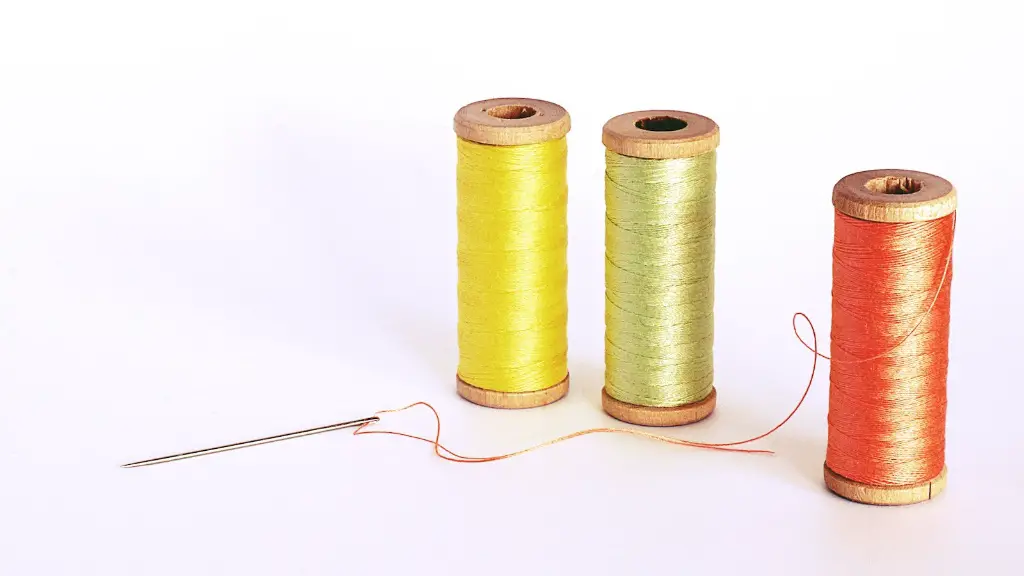Singer sewing machines are a great tool to own for any sewing enthusiast. Whether you’re just starting out or a professional, learning how to adjust the tension on a Singer sewing machine is an important skill to have. Proper tension helps ensure high-quality stitches, even when using difficult fabrics. Mastering this essential sewing machine task takes a bit of practice and understanding of the tensioning process.
The first step to properly tension a Singer sewing machine is to thread the machine correctly. Many beginning sewers overlook this important step and are surprised that the machine isn’t producing quality results. Make sure the thread is properly set up and, if necessary, the presser foot is lowered before beginning to tension. Also, make sure to use the designated spool pin for the type of thread you are using.
The tension dial can typically be found on the side of the machine, near the bobbin case. It’s typically symbolized by an image of an upside-down arrow, or as a numerical value such as 2.5 – 4.5. Turning the needle to the right will raise the tension, while turning it to the left will lower the tension.
If the stitch is skipping, tightening the tension can help resolve this. However, if it continues to skip even when at the highest tension setting, the needle may need to be changed. Conversely, if the stitches appear puckering or looping on the fabric, the tension needs to be loosened. Experienced sewers suggest using a sample piece of fabric to help adjust the tension, by trying different settings until the desired result is produced.
It’s important to note that the same tension setting may produce different results on various fabrics. For example, a good setting for denim or canvas may be too tight for lightweight fabrics like organza or silk. If possible, adjust the tension for each type of fabric you’re working with to achieve the best results.
Using the wrong needle can also produce undesirable results. Singer recommends replacing the needle for each new project. Choosing the appropriate needle for the fabric and thread being used helps create the perfect tension for each project. Select the wrong needle and the tension will be off whether it is tightened or loosened.
Checking the Bobbin Thread
When adjusting Singer sewing machine tension, it’s important to check the bobbin thread as well. Start by pulling the top thread to the left so it is taut but not stretched. If the backing of the fabric shows a looped design, then the bobbin tension is likely too loose. On the other hand, if the fabric backing shows a straight line, the bobbin thread is likely too tight. The bobbin should be adjusted until it produces a zig zag stitch pattern on the underside of the fabric.
While it may take some practice to master the concept of adjusting Singer sewing machine tension, the results are worth it. Following these steps when setting up a new project can help ensure the best results each time.
Checking the Needle Type
Needles play a major role in determining the tension of a Singer sewing machine. Each type of needle has its own unique characteristics, resulting in different stitch strengths and tensions. Universal needles, for instance, have a rounded tip, allowing them to sew


